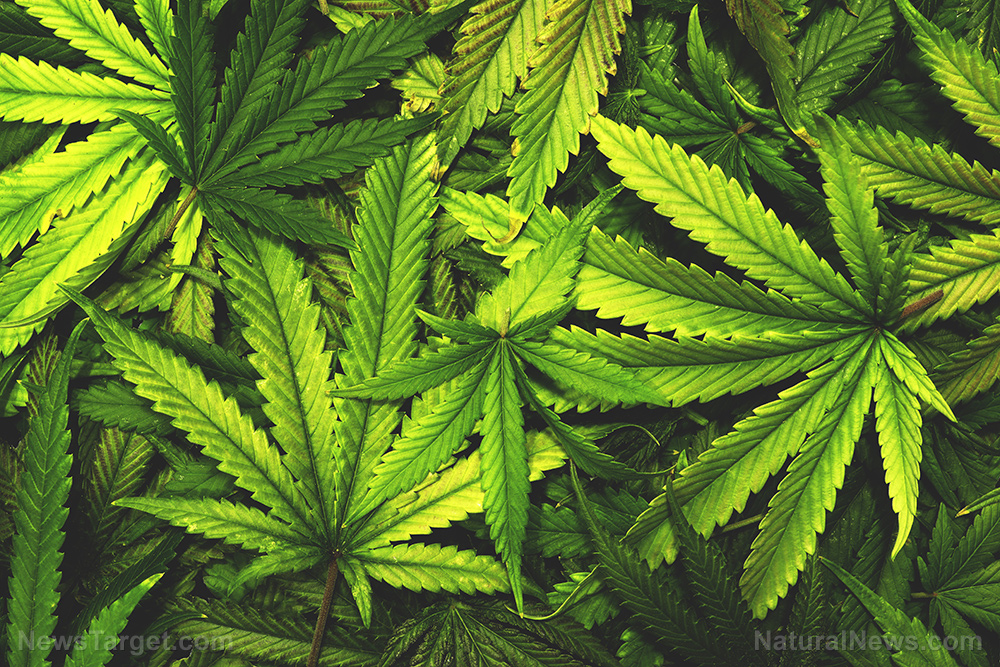
The exact mechanisms as to why cannabis reduces liver disease risk remain unclear; however researchers suggest that it may have something to do with the proven anti-inflammatory properties of the plant.
The authors, who hailed from the University of Quebec, built on a previous study which showed that there was an inverse relationship between cannabis use and non-alcoholic fatty liver disease (NAFLD). This 2017 study published in PLOS ONE concluded that active cannabis use provides a profound protective effect against NAFLD, independent of other known metabolic risk factors. As with the current study, researchers were unable to pinpoint the precise way cannabis benefits the patients.
Nevertheless, these are just two of the more recent studies that prove the necessity of viewing cannabis as an alternative natural therapy. Cannabis remains a controversial topic today, with many people still operating under the misconception that the plant is “bad” because it gets its users “high.” But you can blame mainstream media for that -- there is a lot of misinformation still being passed on today about cannabis, hemp, CBD oil, and the industry in general.
It is important to get the facts straight so that people can start benefiting from this truly miraculous plant.
First: When science journals refer to cannabis, they mean both hemp and marijuana, two varieties of the plant. However, the two are not interchangeable, as they differ in compounds known as cannabinoids. Hemp varieties of cannabis have almost negligible amounts of tetrahydrocannabinol (THC) – the intoxicating cannabinoid that gets its users “high” – but are rich in the medicinally beneficial cannabidiol (CBD). This doesn’t mean that hemp is completely absent of psychoactive compounds, but they do not produce enough THC to have an intoxicating effect.
It is CBD that many scientists are looking at as a natural medicine. Studies have shown that medicinal marijuana (what researchers also call hemp to differentiate it from its recreational cousin) is quite effective in reducing chronic pain, particularly pain associated with multiple sclerosis, because of its CBD content. (Related: CBD oil almost “miraculous” in its ability to prevent pain in MS sufferers.)
It is important to note that THC and CBD have the same chemical formula, but only differ with how the atoms are arranged. This nuance explains why THC has a psychoactive effect, while CBD does not.
Second: The demonization of both hemp and marijuana is based more on politics rather than actual science. A smear campaign which began in the 1930s to protect certain businesses successfully banned the production and use of cannabis in the U.S. Several of these laws that destroyed the future of hemp are still in place today.
Lastly: Despite the proven health benefits of hemp or medical marijuana, mainstream media still denies its usefulness. An example of this would be the banning of the sale of cannabis-infused alcoholic beverages in many states. Concerned government officials said that these beverages were a "danger" to the public, citing that it was the cannabis that made the drink unhealthy, rather than considering that alcohol may be the problem.
Incidentally, a 2015 study published in Scientific Reports suggests that smoking medical marijuana is 114 times safer than drinking alcohol. In the same study, alcohol was considered as the most dangerous drug of all, but remains still very much legal today.
Authors of the study concluded with, “The results confirm that the risk of cannabis may have been overestimated in the past [emphasis added]. At least for the endpoint of mortality.”
Interested in learning more about cannabis? Visit MedicalMarijuanaUpdate.com to learn more.
Sources include:
Please contact us for more information.























